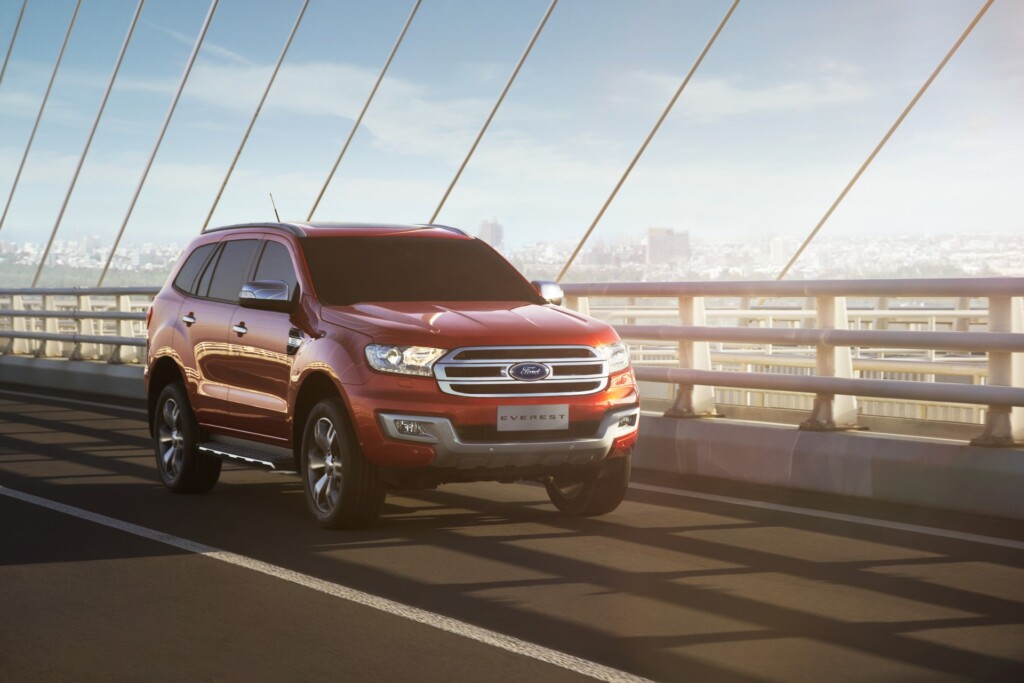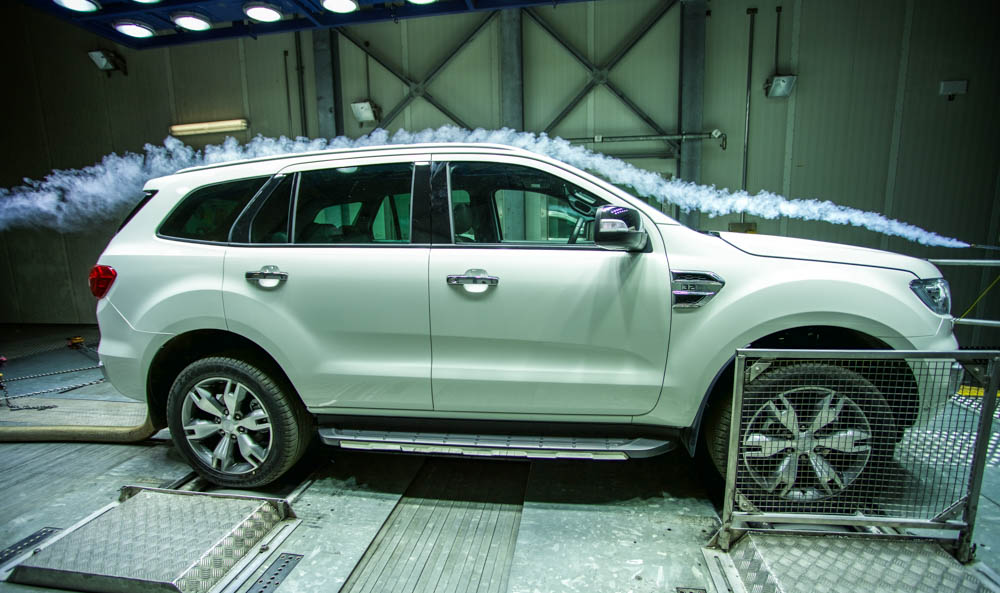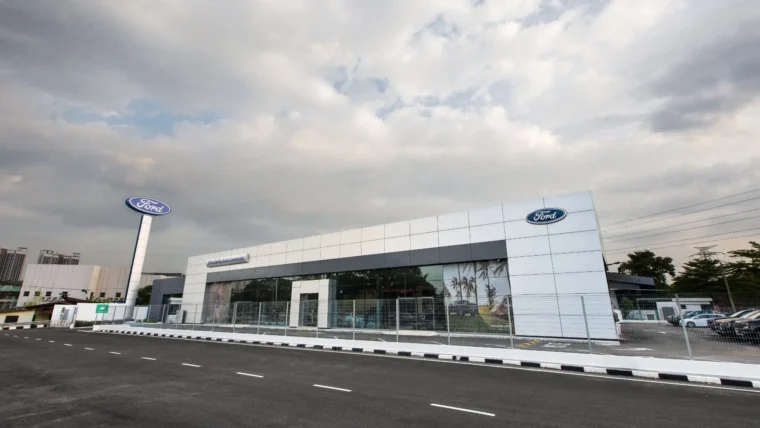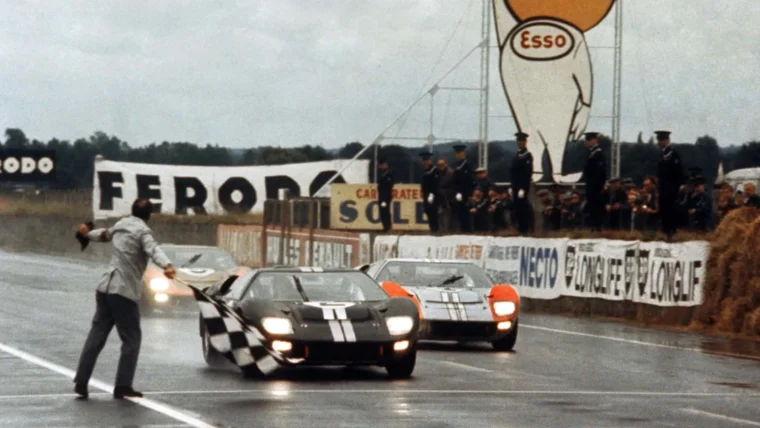
You might not think that a paper plane has much in common with the new Ford Everest. But the principles that help a well-crafted paper plane effortlessly fly through the air are much the same as those that Ford engineers use to make the Everest surprisingly aerodynamic.
“The secret to making a great paper plane is in the details,” said Rob Carstairs, senior aerodynamicist, Ford Asia Pacific. “Every fold you make in the paper can make the difference between a plane that flies and one that flops. The Everest is no different. We spent thousands of hours refining every feature of the Everest to ensure it was as aerodynamic as possible. Better aerodynamics means improved fuel efficiency, and improved fuel efficiency means our customers are spending less money on fuel.”
To do so, Ford engineers made extensive use of the state-of-the-art Advanced Center for Automotive Research and Training (ACART) at the company’s Asia Pacific Product Development Center near Melbourne, Australia.
The ACART wind tunnel resembles a large garage in which Ford engineers can take detailed aerodynamic measurements in a variety of simulated conditions. Using these measurements, engineers were able to determine which parts of Everest prototypes were creating the most drag and making the vehicle less aerodynamic. Through more than 100,000 simulation hours and countless subtle design adjustments, engineers were able to reduce the Everest’s drag coefficient to just 0.389, which means it is more aerodynamic than most vehicles of this size and more fuel efficient as a result.

Making a vehicle aerodynamic is an exercise in balance: The Everest needs to be able to slip through the air without compromising its off-road performance. To achieve this, Carstairs and his team designed an aerodynamic 3D-formed front undershield that sits beneath the front bumper. As well as directing airflow under the vehicle to improve fuel efficiency, the undershield is designed to have a minimal impact on the Everest’s ground clearance and aggressive approach angle, offering extreme off-road capability as well as improved fuel efficiency on the road.
Another aerodynamic feature on the Everest that serves a dual purpose are the sails on the wing mirrors: As well as helping to reduce drag, they minimise the throbbing noise that can occur when driving with the windows open. Aerodynamic “kickers” flanking the rear window also help to direct airflow and reduce drag.
The Ford Everest may be far removed from a paper plane, but the aerodynamic rule is the same: It’s the details that count. By following this simple rule, Ford engineers were able to fine-tune the Everest’s aerodynamics, and create a more efficient and refined vehicle, saving you money over its lifetime and giving you a quieter, more comfortable driving experience.
https://www.youtube.com/watch?v=swe30iHaGs0
Other posts by AF Newsdesk







